Table of content
Making oil-fried pancakes, also known as youluobing in some regions, is a culinary art that combines simplicity with rich, savory flavors. These pancakes are a staple in many households across Asia, particularly in China, where they are enjoyed for breakfast, lunch, or dinner. Their crispy exterior and soft, fluffy interior make them irresistible to both young and old alike. Whether you’re a seasoned chef or a home cook eager to try something new, this guide will walk you through the process of making perfect oil-fried pancakes from start to finish.
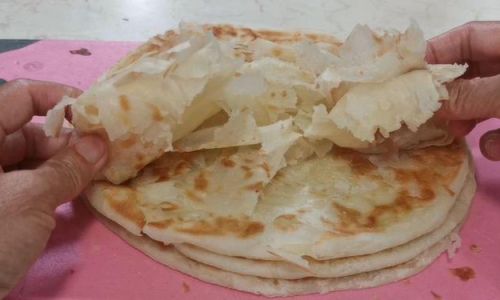
Understanding the Basics
Before diving into the recipe, it’s essential to understand the fundamental components and techniques involved in making oil-fried pancakes. The key ingredients typically include flour, water, salt, and oil. The process involves mixing the dough, resting it to allow gluten development, rolling it out into thin pancakes, and then frying them in hot oil until golden brown.
-
Flour Selection: All-purpose flour works well for most recipes, but you can also experiment with different types of flour, such as whole wheat or a blend, for added nutrition and texture.
-
Water Temperature: Using lukewarm water helps activate the gluten in the flour, making the dough more elastic and easier to roll out.
-
Resting the Dough: Allowing the dough to rest for at least 30 minutes helps relax the gluten strands, making the dough less prone to shrinking or tearing when rolled out.
-
Oil Temperature: The oil should be hot enough to create an immediate sizzle when the pancake is added, but not too hot that it burns the pancake before it has a chance to cook through.
Ingredients and Equipment
Ingredients:
- 3 cups all-purpose flour
- 1 teaspoon salt
- 1 cup lukewarm water (approximately)
- 3-4 tablespoons vegetable oil (plus extra for frying)
- Optional fillings: chopped scallions, sesame seeds, minced meat, or vegetables
Equipment:
- Mixing bowls
- Measuring cups and spoons
- Dough scraper or knife
- Rolling pin
- Large skillet or wok
- Slotted spoon or spatula
- Paper towels or clean kitchen towels for draining
Step-by-Step Recipe
Step 1: Prepare the Dough
-
Combine Dry Ingredients: In a large mixing bowl, whisk together the flour and salt until well combined. This ensures an even distribution of salt throughout the dough.
-
Add Water Gradually: Pour in the lukewarm water, a little at a time, while mixing with a dough hook, wooden spoon, or your hands. Start with about three-quarters of the water and add more as needed until the dough comes together. The dough should be soft but not sticky.
-
Knead the Dough: Transfer the dough to a lightly floured surface and knead for about 8-10 minutes. Kneading helps develop the gluten, which gives the pancakes their chewy texture. The dough should feel smooth and elastic when done.

-
Rest the Dough: Place the dough back in the bowl, cover it with a damp cloth or plastic wrap, and let it rest for at least 30 minutes. This resting period allows the gluten to relax, making the dough easier to roll out without shrinking.
Step 2: Roll Out the Pancakes
-
Divide the Dough: Once the dough has rested, divide it into smaller portions, each about the size of a tennis ball. This will depend on how large you want your pancakes to be.
-
Shape the Dough Balls: Roll each portion into a smooth ball and then flatten it slightly with your palm. This helps in even rolling later.
-
Roll Out the Dough: Lightly flour your work surface and your rolling pin to prevent sticking. Roll each dough ball out into a thin circle, about 1/8 inch thick. Aim for uniformity in thickness to ensure even cooking.
-
Optional: Add Fillings: If you’re adding fillings like chopped scallions, sesame seeds, or minced meat, sprinkle them evenly over the rolled-out dough. Lightly press the fillings into the dough to prevent them from falling out during frying.
Step 3: Fry the Pancakes
-
Heat the Oil: Pour enough vegetable oil into a large skillet or wok to cover the bottom by about 1/2 inch. Heat the oil over medium-high heat until it reaches about 350°F (175°C). You can test the oil’s readiness by dropping a small piece of dough into it; it should sizzle immediately and start to brown.
-
Fry the Pancakes: Carefully place a rolled-out pancake into the hot oil. Use a slotted spoon or spatula to gently press down on the pancake, which helps it flatten and cook evenly. Fry for about 1-2 minutes on each side, or until golden brown and crispy.
-
Drain and Cool: Once the pancake is golden and cooked through, use a slotted spoon to remove it from the oil and let it drain on paper towels or a clean kitchen towel. This removes excess oil and helps keep the pancakes crispy.
-
Repeat with Remaining Dough: Continue the process with the remaining dough portions, making sure the oil remains at the correct temperature. Adjust the heat as needed to maintain a consistent frying temperature.
Step 4: Serve and Enjoy
-
Prepare Serving Platter: Place the fried pancakes on a serving platter lined with paper towels to keep them from getting soggy.
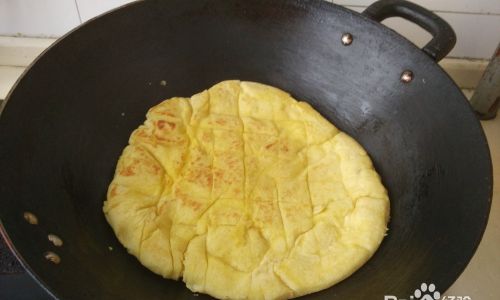
-
Optional: Serve with Dipping Sauce: Oil-fried pancakes are delicious on their own, but you can elevate their flavor by serving them with a dipping sauce. Common choices include soy sauce mixed with a bit of vinegar, chili oil, or a garlic-ginger sauce.
-
Pair with Other Dishes: These pancakes can be enjoyed as a standalone snack or paired with soups, stews, or salads for a more complete meal.
-
Store Leftovers: If you have leftovers, store them in an airtight container at room temperature for up to a day. Reheat them in a toaster oven or on a skillet until crispy before serving.
Tips and Tricks for Perfect Pancakes
-
Perfect Dough Consistency: If the dough feels too sticky, add a bit more flour. If it’s too dry and crumbly, add a teaspoon of water and knead until combined.
-
Even Rolling: To ensure even rolling, start from the center of the dough circle and roll outward in all directions. This helps create a uniform thickness.
-
Controlling Oil Temperature: Use a kitchen thermometer to monitor the oil temperature. If the oil is too hot, the pancakes will brown too quickly and may remain raw inside. If it’s too low, the pancakes will absorb too much oil and become greasy.
-
Adding Layers: For extra flavor and texture, you can create layered pancakes by brushing a thin layer of oil between rolled-out dough sheets before stacking and rolling them together again. This creates delicious, fluffy layers once fried.
-
Creative Fillings: Experiment with different fillings to suit your taste preferences. Sweet options like sugar and cinnamon or savory combinations like cheese and herbs can offer delightful variations.
Conclusion
Making oil-fried pancakes may seem like a straightforward task, but achieving the perfect balance of crispiness and softness requires attention to detail and a bit of practice. By following this step-by-step guide, you’ll be able to create delicious, homemade oil-fried pancakes that will delight your family and friends. Whether you’re enjoying them as a quick snack or a part of a hearty meal, these pancakes are sure to become a staple in your kitchen. Happy cooking!
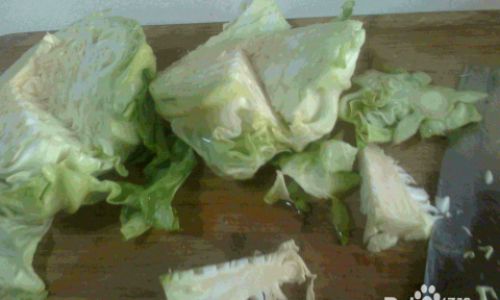
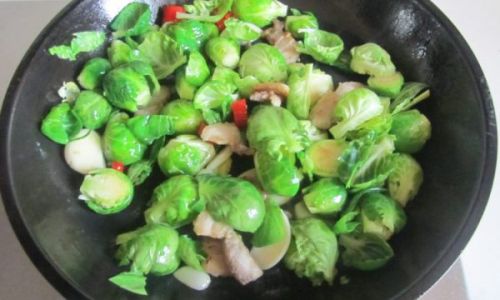
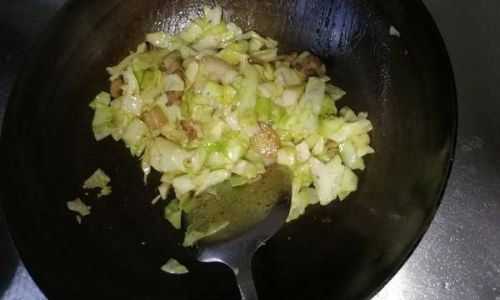
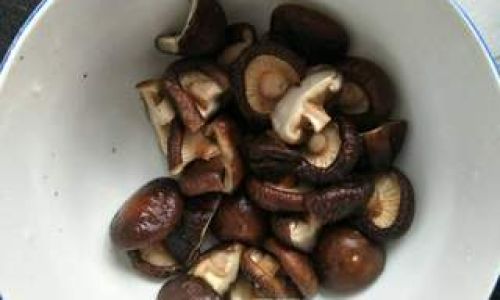
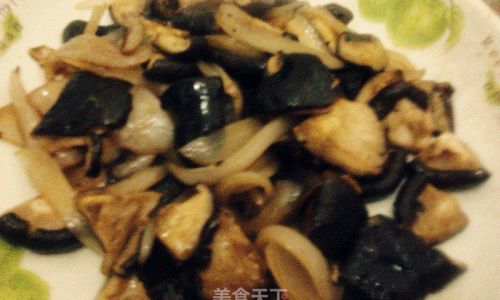
0 comments